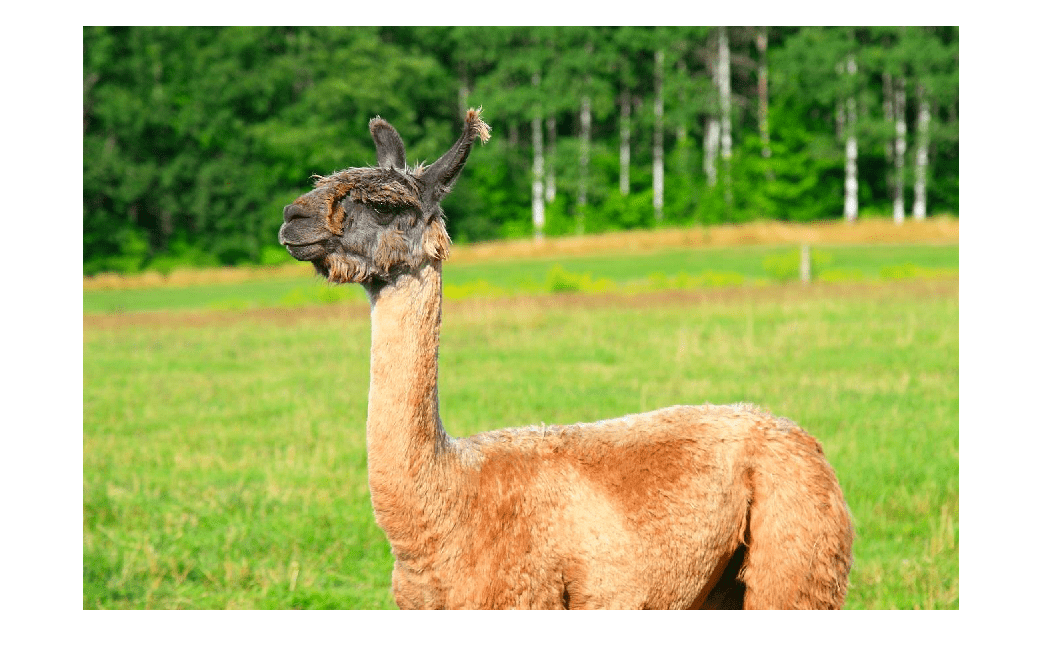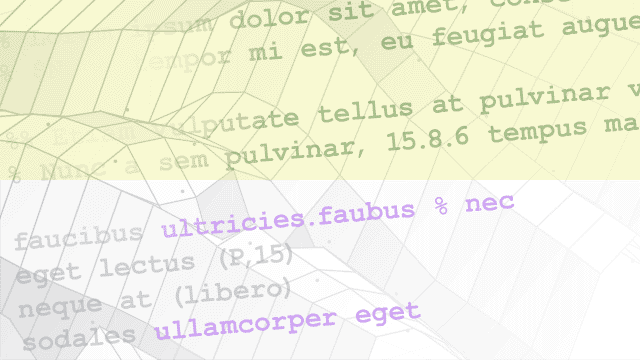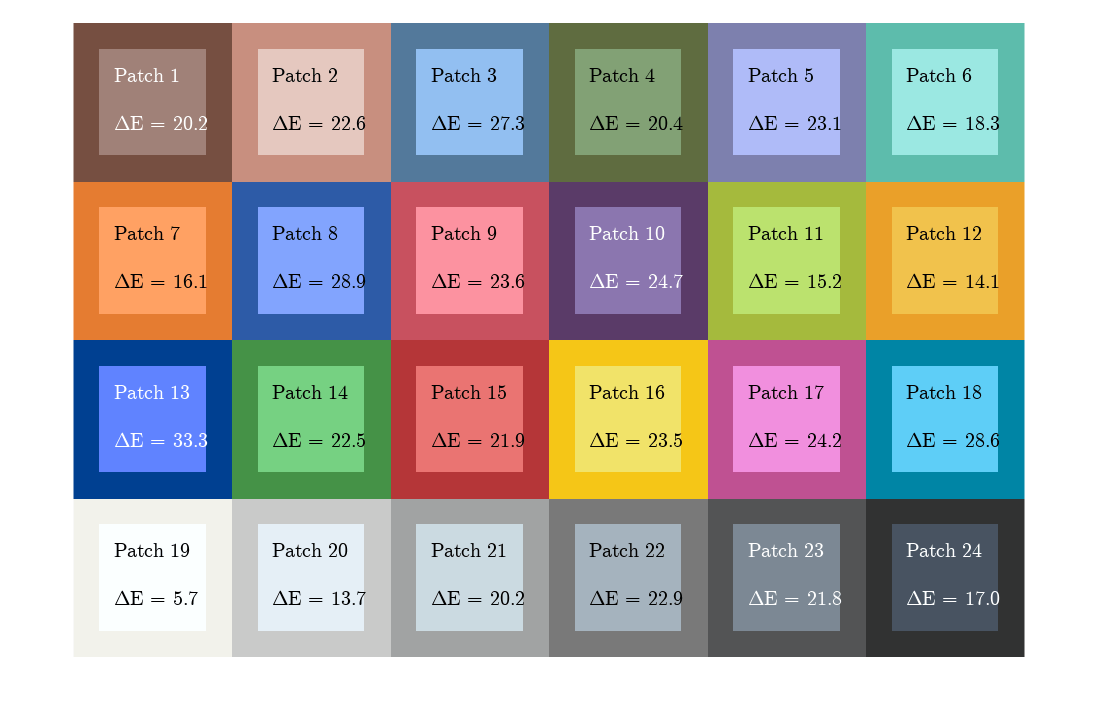颜色
该工具箱将颜色表示为 RGB 值,但除了 RGB 之外,还有其他一些以数值形式表示颜色的模型。之所以存在各种颜色空间,是因为它们表达颜色信息时所采用的方法可使某些计算更为便捷,或是因为它们提供了更为直观的颜色辨识方法。工具箱提供将颜色数据从一个颜色空间转换到另一个颜色空间的函数。工具箱还支持通过国际色彩联盟 (ICC) 配置文件来描述颜色。
函数
主题
- Understanding Color Spaces and Color Space Conversion
A color space maps a color in a multidimensional coordinate system. Color spaces have different advantages in identifying colors or performing calculations.
- Device-Independent Color Spaces
Device-independent color spaces define a standardized color space where three values represent a color. Different standards exist for many applications of color display.
- Profile-Based Color Space Conversions
Device profiles contain information about how input, output, and display devices reproduce colors. Convert the color space so displayed colors look the same across all devices.
- Display Colors
The bit depth of a screen display defines how many distinct colors the display can produce. You can determine and change the screen bit depth of your system.
- Reduce the Number of Colors in an Image
Reduce the number of colors in an image using quantization, colormap mapping, or dithering.



